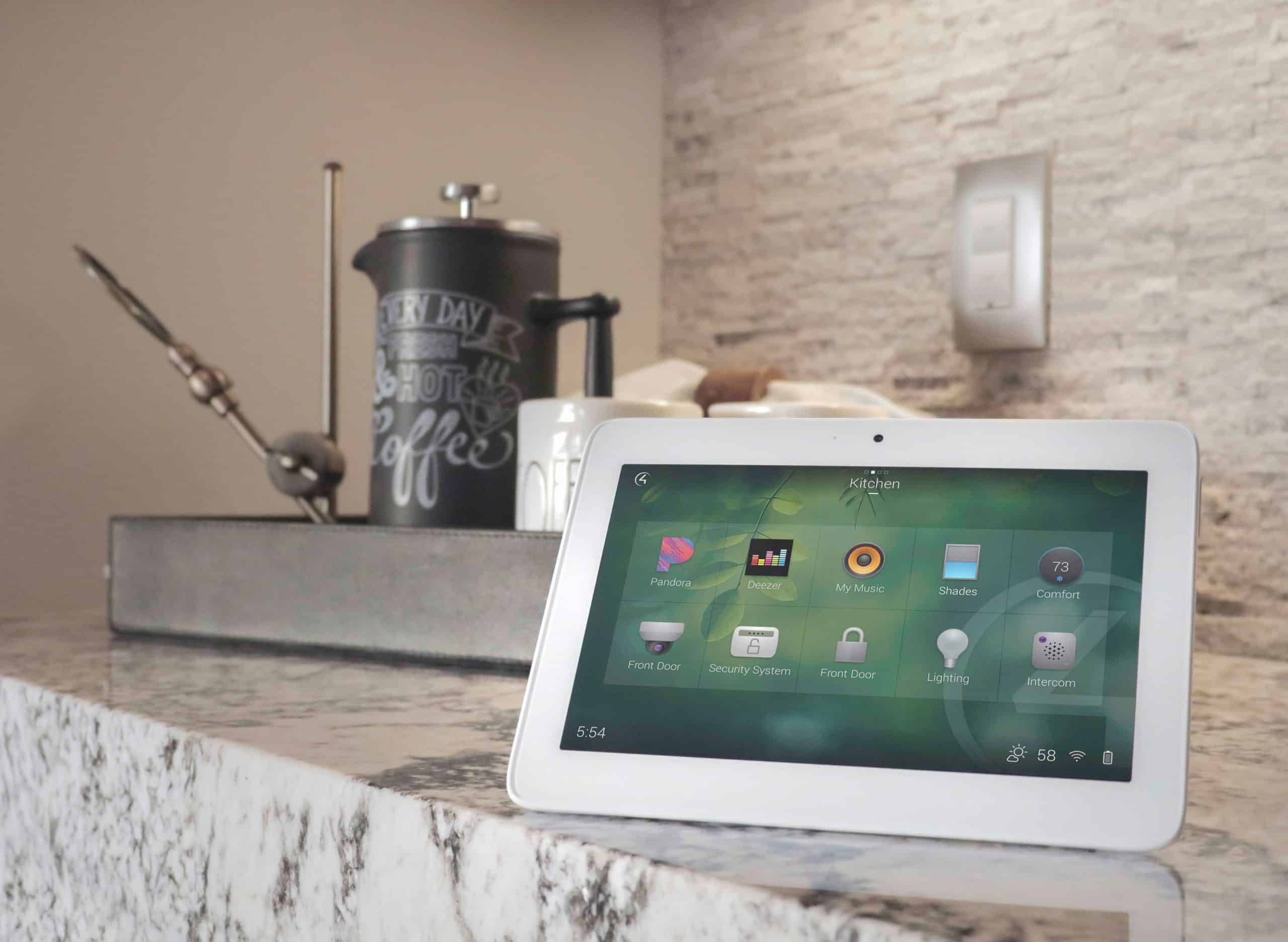 Not all stunning picture quality is created equal. High Dynamic Range (HDR) and Dolby Vision are two of the biggest upgrades to home entertainment in recent years—but many TVs and streaming setups don’t take full advantage of them. The right display settings, streaming gear, and lighting environment can make the difference between “good enough” and truly cinematic.
Not all stunning picture quality is created equal. High Dynamic Range (HDR) and Dolby Vision are two of the biggest upgrades to home entertainment in recent years—but many TVs and streaming setups don’t take full advantage of them. The right display settings, streaming gear, and lighting environment can make the difference between “good enough” and truly cinematic.
What HDR and Dolby Vision Actually Do
HDR expands the range between the brightest whites and deepest blacks, revealing details that standard HD simply can’t. Dolby Vision takes this further with dynamic metadata—essentially fine-tuning the picture scene by scene. When both your TV and content support these formats, colors appear more lifelike, shadows reveal more texture, and highlights pop without blowing out the image.
Check Your Streaming Gear First
A modern TV alone isn’t enough. Your streaming device, HDMI cables, and even your Wi-Fi network can make or break HDR performance. Many older streaming boxes max out at standard HDR10, and budget HDMI cables can limit bandwidth. Upgrading to certified high-speed HDMI and ensuring your streaming device fully supports Dolby Vision can remove frustrating weak links in the chain.
Optimize Your Picture Settings for HDR and Dolby Vision
Factory presets rarely get the best out of HDR. “Vivid” modes tend to oversaturate colors, while “Cinema” or “Filmmaker” modes usually track closer to the creator’s intent. Disabling unnecessary motion smoothing and letting the TV handle dynamic tone mapping can also give HDR content room to breathe. A quick calibration—or better yet, a professional setup—can unlock details you didn’t even know were missing.
Light the Room Like a Theater
Ambient light changes how HDR looks. Too much glare from windows or overhead fixtures will wash out contrast, while a softly lit or shaded room makes the image shine. Some homeowners add bias lighting—subtle LED strips behind the screen—to ease eye strain and enhance perceived contrast. It’s a small detail that makes a big difference.
HDR and Dolby Vision – Make the Most of Your Entertainment Experience At Home
When the display, source, cables, and lighting work in sync, HDR and Dolby Vision transform your living room into a private screening room. Whether you’re streaming a film or gaming in 4K, a well-tuned system is what turns “nice TV” into “immersive experience.”


















